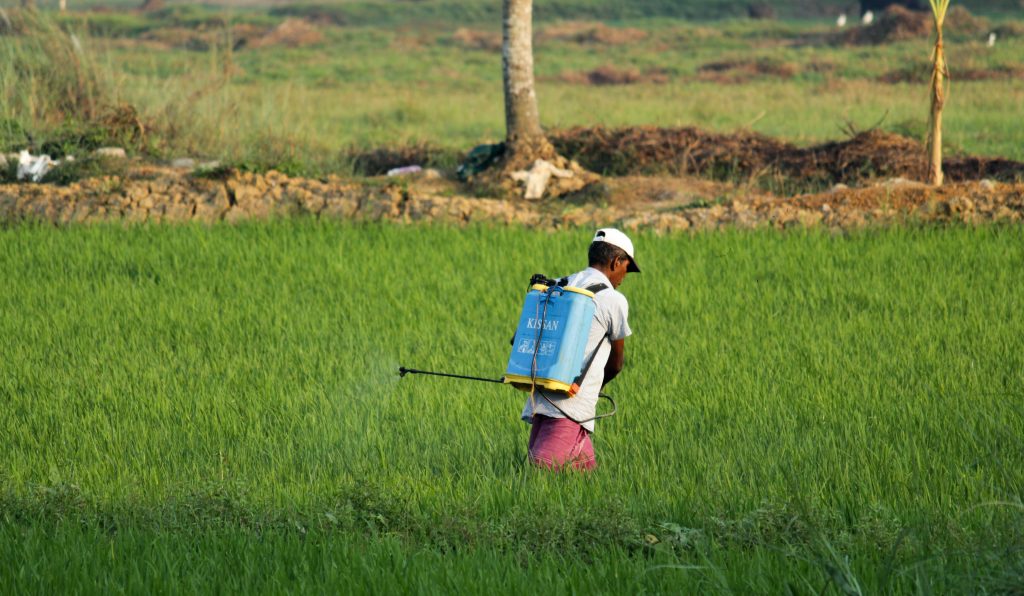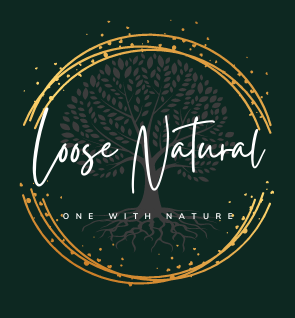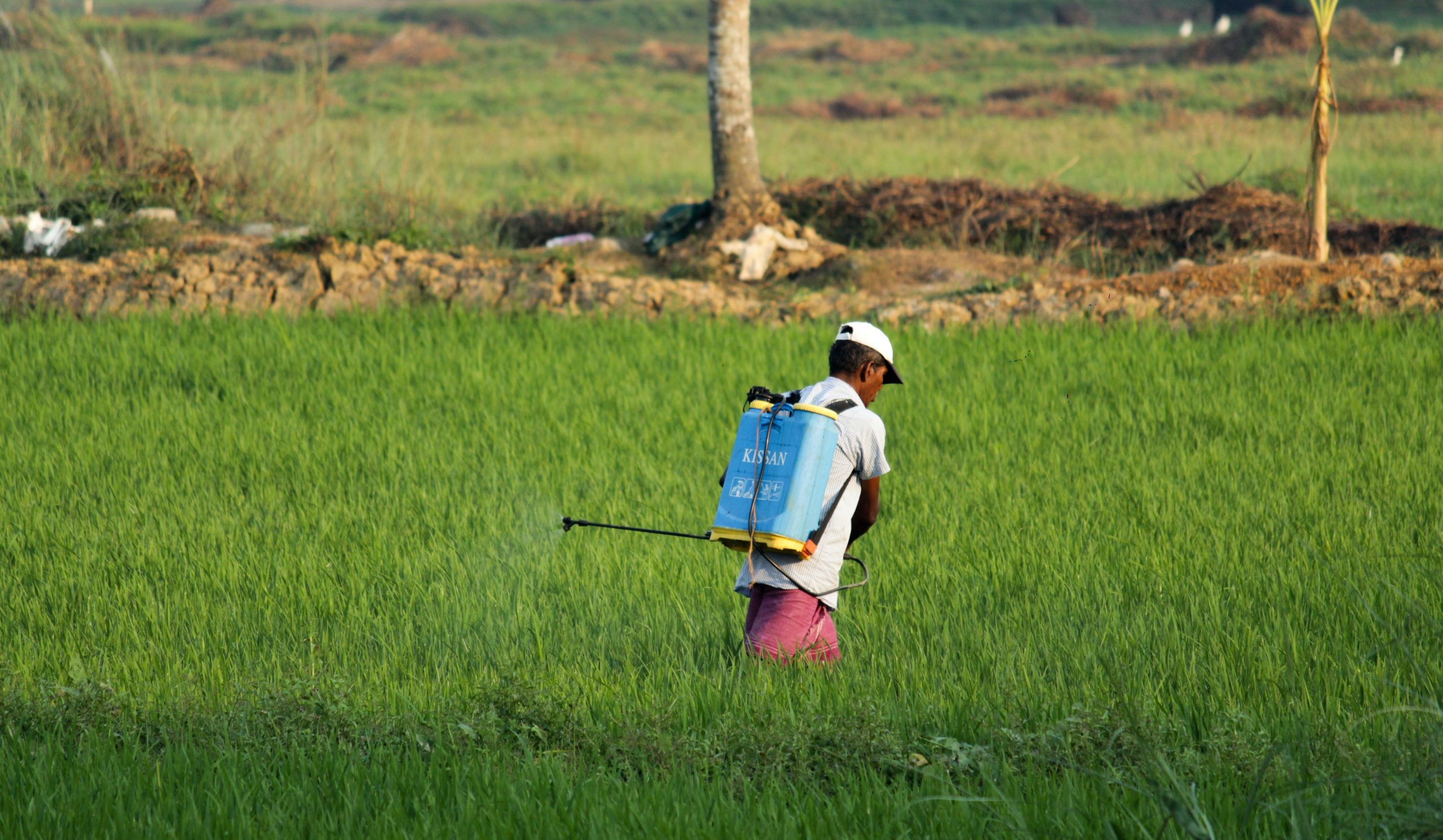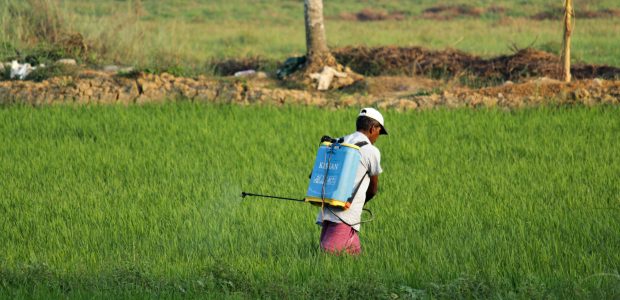
Permaculture is a sustainable and holistic approach to farming that aims to mimic natural ecosystems. It focuses on creating self-sustaining and resilient systems that reduce reliance on external inputs, including chemicals for pest and weed management. In this blog post, we will explore effective permaculture solutions for pest and weed management without the use of chemicals, specifically targeted to people in the USA who are seeking information on sustainable farming practices.
- Understanding Permaculture: A Holistic Approach to Farming
- Pest Management Without Chemicals in Permaculture Farms
- Effective Strategies for Weed Management in Permaculture Systems
- Implementing Permaculture Principles for Pest Management in Farms
- Case Studies: Successful Pest Management in Permaculture Farms
Understanding Permaculture: A Holistic Approach to Farming
Permaculture is a regenerative farming methodology that integrates ecological principles to create sustainable and productive agricultural systems. It emphasizes the importance of observing and learning from natural patterns and processes to design resilient ecosystems. By understanding the principles of permaculture, farmers can develop strategies for managing pests and weeds without relying on harmful chemicals.
Permaculture encourages the creation of diverse and balanced ecosystems, incorporating elements such as companion planting, polycultures, agroforestry, and integrated pest management (IPM). By fostering biodiversity and promoting natural interactions between species, permaculture farms become less susceptible to pest and weed pressures.
Pest Management Without Chemicals in Permaculture Farms
Pest management in permaculture farms focuses on preventing pest problems through proactive strategies rather than relying on chemical pesticides. The goal is to maintain a balance of beneficial and pest populations while minimizing damage to crops. Here are some effective pest management techniques used in permaculture:
a) Attracting Beneficial Insects: Encouraging the presence of beneficial insects, such as ladybugs, lacewings, and predatory wasps, helps control pest populations naturally. Plants that provide nectar, pollen, and habitat for beneficial insects can be strategically incorporated into the farm design.
b) Companion Planting: By interplanting compatible crops, farmers can create a diverse and harmonious environment that confuses pests and reduces the risk of infestations. For example, planting aromatic herbs like basil or marigold near susceptible plants can repel pests.
c) Crop Rotation: Rotating crops in a planned sequence helps break pest life cycles and disrupt their population growth. Different plant families have varying vulnerabilities to pests, so rotating crops helps reduce pest pressure and nutrient imbalances in the soil.
d) Physical Barriers and Traps: Installing physical barriers, such as nets, row covers, or fences, can protect crops from pests. Additionally, traps, like sticky traps or pheromone traps, can be used to monitor and capture specific pests without resorting to chemicals.
Effective Strategies for Weed Management in Permaculture Systems
Weed management in permaculture systems focuses on preventing weed growth through smart design and proactive practices. By maintaining healthy soil and implementing the following strategies, permaculture farms can minimize weed competition:
a) Mulching: Applying organic mulch, such as straw, wood chips, or leaves, suppresses weed growth by blocking sunlight, conserving soil moisture, and providing a habitat for beneficial organisms. Mulching also helps build soil fertility as the organic matter breaks down.
b) Cover Cropping: Growing cover crops between main crops helps smother weeds, prevent soil erosion, and improve soil health. Cover crops also attract beneficial insects and provide additional organic matter when incorporated into the soil.
c) Hand Weeding and Cultivation: Regularly inspecting and manually removing weeds is an effective practice in small-scale permaculture farms. For larger areas, shallow cultivation using hand tools or tractor implements can disrupt weed growth while minimizing soil disturbance.
d) Flame Weeding: Flame weeders use controlled flames to target and kill weeds. This technique is particularly useful for clearing weed growth in walkways, driveways, or larger areas where crops are not present.
Implementing Permaculture Principles for Pest Management in Farms
To effectively manage pests in permaculture farms, it is crucial to understand and apply permaculture principles in farm design and management. Here are key principles that can contribute to pest management:
a) Observing and Interacting: Regular observation of the farm ecosystem allows farmers to detect early signs of pest activity. By interacting with the system and intervening strategically, they can prevent pests from reaching damaging levels.
b) Designing for Biological Diversity: Creating diverse habitats and ecosystems within the farm promotes natural pest control. For example, including hedgerows, ponds, or wildflower strips can attract beneficial insects and wildlife that prey on pests.
c) Applying Self-Regulation and Feedback Loops: By monitoring and assessing pest populations and crop health, farmers can adjust management practices accordingly. This self-regulation minimizes the need for chemical interventions and promotes long-term sustainability.
d) Using Small-Scale and Slow Solutions: Permaculture encourages small-scale and localized solutions to pest management. This approach minimizes environmental impact and allows farmers to respond to specific pest issues efficiently.
Case Studies: Successful Pest Management in Permaculture Farms
Real-world examples can provide valuable insights into how permaculture techniques can effectively manage pests. Here are a few case studies showcasing successful pest management in permaculture farms:
a) Case Study 1: Integrated Pest Management (IPM) in an Organic Vegetable Farm This case study highlights how an organic vegetable farm implemented IPM practices, including attracting beneficial insects, utilizing companion planting, and implementing crop rotation to control pests naturally.
b) Case Study 2: Polyculture Orchards for Pest Control This case study examines a permaculture orchard that incorporates diverse fruit trees, flowering plants, and companion crops to create a balanced ecosystem that naturally regulates pest populations.
c) Case Study 3: Weed Management in Perennial Food Forests Exploring a food forest designed using permaculture principles, this case study showcases how strategic mulching, companion planting, and proper plant selection can effectively suppress weed growth and reduce the need for herbicides.
Permaculture offers effective and sustainable solutions for managing pests and weeds without relying on chemical interventions. By adopting permaculture principles, farmers can create resilient, self-sustaining systems that promote ecological balance and reduce the impact on the environment. Embracing these techniques not only benefits the farm but also contributes to a healthier and more sustainable agricultural future.
Remember, effective SEO optimization involves incorporating keywords naturally throughout the content, including in headings, subheadings, and body text. Additionally, using engaging and informative language will help attract and retain readers, providing them with valuable information on pest and weed management without chemicals in permaculture farming.


